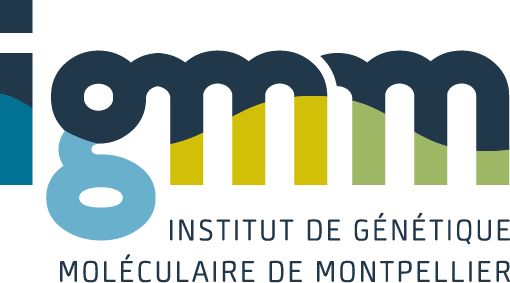Chromosome conformation capture (3C) technology is a pioneering methodology that allows in vivo genomic organization to be explored at a scale encompassing a few tens to a few hundred kilobase-pairs. Understanding the folding of the genome at this scale is particularly important in mammals where dispersed regulatory elements, like enhancers or insulators, are involved in gene regulation. 3C technology involves formaldehyde fixation of cells, followed by a polymerase chain reaction (PCR)-based analysis of the frequency with which pairs of selected DNA fragments are crosslinked in the population of cells. Accurate measurements of crosslinking frequencies require the best quantification techniques. We recently adapted the real-time TaqMan PCR technology to the analysis of 3C assays, resulting in a method that more accurately determines crosslinking frequencies than current semiquantitative 3C strategies that rely on measuring the intensity of ethidium bromide-stained PCR products separated by gel electrophoresis. Here, we provide a detailed protocol for this method, which we have named 3C-qPCR. Once preliminary controls and optimizations have been performed, the whole procedure (3C assays and quantitative analyses) can be completed in 7-9 days.
Quantitative analysis of chromosome conformation capture assays (3C-qPCR)
Hagege, H.; Klous, P.; Braem, C.; Splinter, E.; Dekker, J.; Cathala, G.; de Laat, W.; Forne, T.
2007
Nat Protoc
2007 / vol 2 / pages 1722-33
Abstract
IGMM team(s) involved in this publication

Thierry Forne
Organisation des génomes et contrôle épigénétique
Étiquettes
Animals; Mammals/genetics; Models, Molecular; DNA Primers; Polymerase Chain Reaction/*methods; Genes; Chromatin/ultrastructure; Chromosomes/*ultrastructure; Formaldehyde; Restriction Mapping/methods; Templates, Genetic
